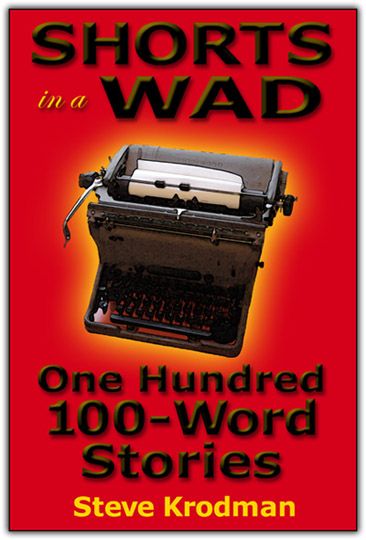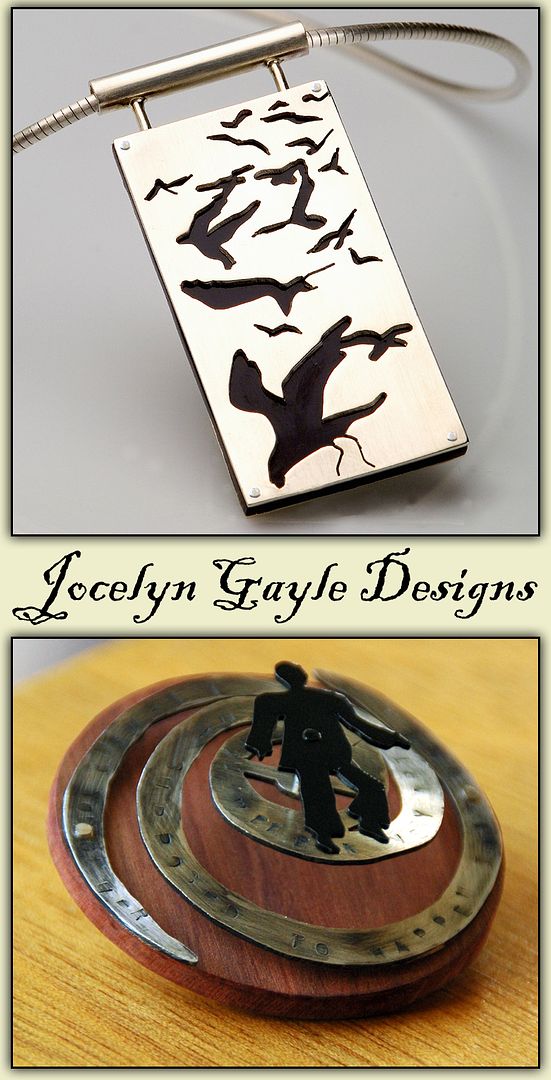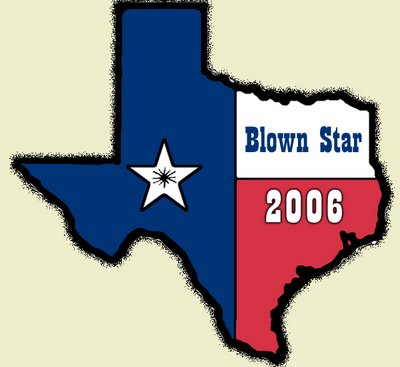Eric’s post about his Tobacco Barn Dream reminded me of something from a couple of decades ago.
Back when we were living in Atlanta the first time around - this was in the early 1980’s - I chanced upon a movie, an old sudser from 1961 with Dean Jagger, Karl Malden, Claudette Colbert, Connie Stevens, and Troy Donahue.
It was Parrish, and apart from Troy Donahue’s amazingly wooden performance, the most interesting scene-chewing was done by Karl Malden, who played the ruthless patriarch-owner of a Tobacco-Farming Bidnis. What fascinated me about the movie was not so much its soap-opera plot, but its setting amidst the tobacco farms of the Connecticut Valley.
Up until then, I had had no idea that tobacco growing was a Big Deal in Connecticut. Or had been, anyway. In the early 1980’s, well before the Cigar Boom of the late 1990’s, the tobacco industry in Connecticut was a shell of its former self. But twenty and thirty years before, there was a lot of acreage in the Connecticut River Valley that was home to tobacco farms. That was where some of the finest tobacco on this planet was cultivated: the famous Connecticut Shade Tobacco.
To get perfect tobacco leaves, the kind that are used for high quality cigar wrappers, you have to grow the Noble Weed under muslin tents, so that the tender plants are exposed only to diffuse sunlight. And watching Parrish, I learned the ins and outs of a whole industry. It was worth putting up with the Sudsy Bullshit Plot to learn of a whole world about which I was completely ignorant.
What I didn’t know then, watching that movie, was that within a year, the Elisson Family would be living right in the midst of that selfsame Tobacco Country. The Great Corporate Salt Mine transferred me to the Northeast, and I prevailed upon them to place me in central Connecticut rather than western New Jersey. And thus it was that we would, almost daily, find ourselves driving past those old tobacco barns surrounded by muslin-draped fields. While house-hunting, we looked at many houses that featured rough-hewn paneling made from tobacco barn timber. You could practically smell the aroma or the cured leaf...or was it just imagination?
In Houston, years later, I spotted a copy of the novel on which the movie had been based. It was one of those “prop books” that furniture stores use to fill bookcases and cabinets; as soon as I saw it, I asked if I could buy it. The salesman ended up giving it to me, not having any idea what to charge and believing it to be worthless. I read it and was once again drawn into that no-longer-mysterious world of Connecticut tobacco. Sure, it was still Soap Opera, but how many of us can say they lived on the set?
Subscribe to:
Post Comments (Atom)




















No comments:
Post a Comment